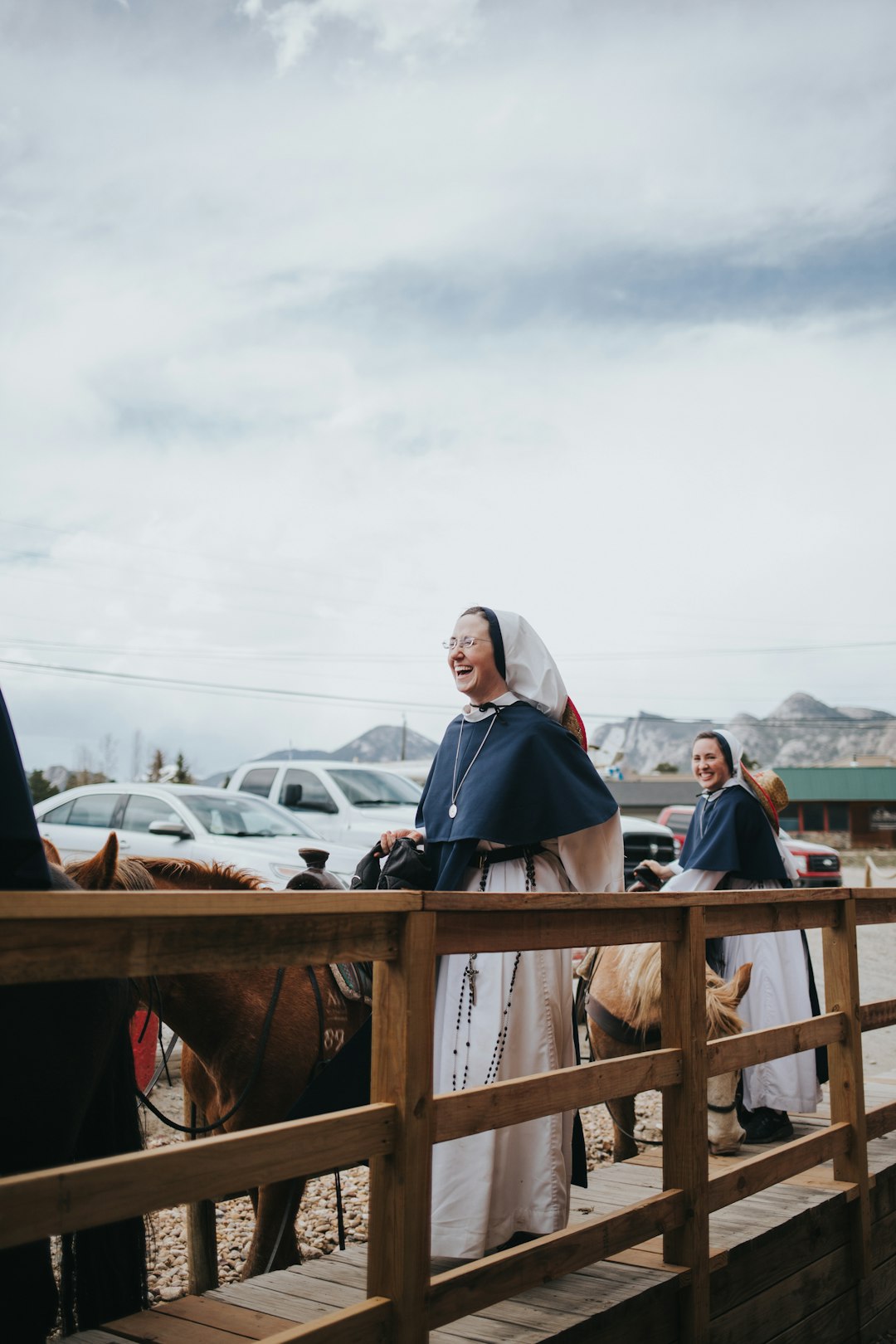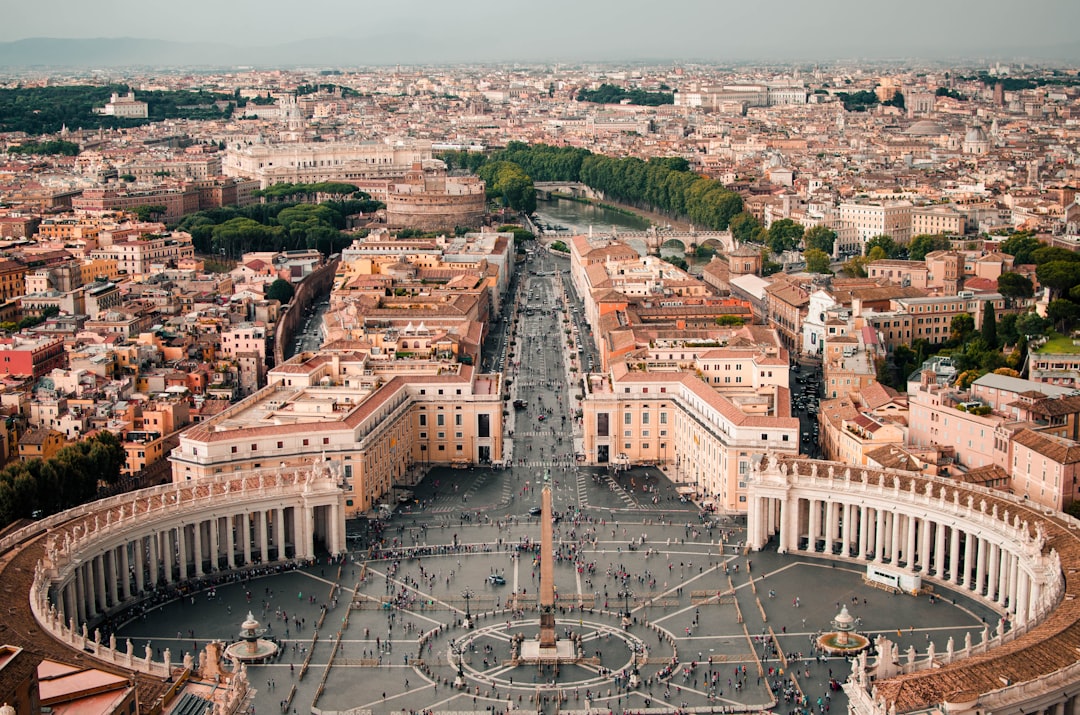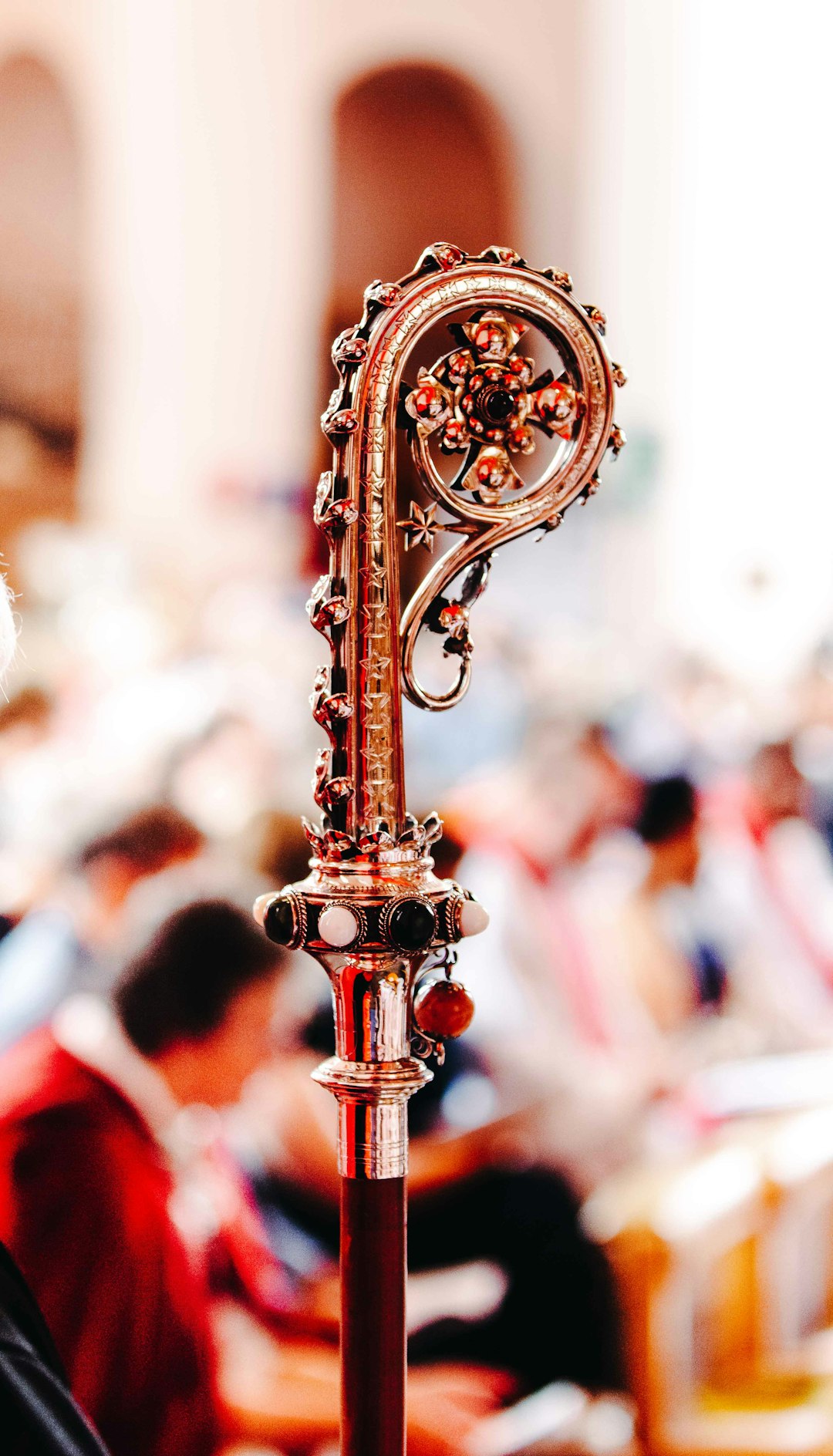The Holy See announced on Wednesday a change to canon law that will require diocesan bishops to seek Vatican permission before they can approve the creation of a public association of the faithful in their diocese, if the association aspires to eventually become a religious community.
The rescript, issued by the Dicastery for Institutes of Consecrated Life and Societies of Apostolic Life (DICLSAL) on June 15, is the latest in a series of changes to canon law under Pope Francis which seem to roll back the autonomy of bishops in their dioceses, and centralize decision-making in Rome.
According to the text issued Wednesday, signed by the dicastery’s prefect and secretary, “The diocesan bishop, before erecting - by decree - a public association of the faithful with a view to becoming an Institute of Consecrated Life or a Society of Apostolic Life of diocesan right, must obtain the written permission of the Dicastery.”
The change might appear to be a minor tweak to the law on an issue rarely in the public eye — a kind of pedantic inside baseball on an obscure subject.
But the rescript is a shift in the Church’s balance of governing power and pastoral discernment, away from local bishops and towards the Holy See.
It also appears to demonstrate a growing gap between Vatican II's teaching on episcopal authority, and the vision of that authority expressed in the legal reforms of Pope Francis.
Religious institutes, or orders, in the Church, are divided between those which are erected or approved of “pontifical right,” by the Holy See itself, and those which are erected of “diocesan right” by a diocesan bishop.
Approving “diocesan right” institutes is an act of commitment by the diocesan bishop, who is both affirming their religious charism and taking on responsibility for their oversight.
In practice, there is little day-to-day difference between such institutes, but an institute of pontifical right enjoys some rights and privileges in canon law which institutes of diocesan right do not. Diocesan right institutes are typically subject to more close governance by the diocesan bishop; they are dependent on the diocesan bishop even for the incardination of their members.

When the 1983 Code of Canon Law was promulgated, bishops were required to consult with the Vatican’s Congregation for Institutes of Consecrated Life and Societies of Apostolic Life before erecting institutes of diocesan right — the law was meant to express and respect the authority of bishops expressed in the Second Vatican Council, while at the same time giving bishops advice on prudent practices regarding the foundation of religious communities.
In 2016, Pope Francis affirmed that a bishop who did not consult Rome before founding an institute acted invalidly — a clarification aimed at reining in the possibility - and actuality, in some parts of the world - of bishops approving dysfunctional institutes without Vatican consultation.
In 2020, the pope made another change — bishops no longer needed to consult the Vatican’s office on religious orders before approving a diocesan institute. Instead, they needed to obtain its permission.
The pope’s changes Wednesday are more restrictive — bishops need Vatican permission before taking a preliminary step in the path of approving a religious institute, namely approving an erstwhile religious community as another kind of canonical entity called a public association of the faithful.
The aim in that series of changes seems to be preventing bishops from making bad decisions about the approval of religious orders — or even as transitional entities, communities that look and act like religious orders. Indeed, some communities aiming to become religious orders spend decades as associations of the faithful while acting in practice like religious institutes, before they are either approved, suppressed, or die off.
And this week’s change is an extension of the requirement already set in 2020.
But the pope’s set of legal reforms on the issue point to an evolving approach to the nature of ecclesiastical governance in the Francis pontificate, which offers a different take from his predecessors on key themes of the Second Vatican Council - namely the dignity of the particular Church and the governing role of the diocesan bishop.
Christus dominus, for example, emphasized that “a diocese is a portion of the people of God which … constitutes a particular church in which the one, holy, catholic, and apostolic Church of Christ is truly present and operative.”
Lumen gentium emphasizes that within the bounds of ecclesial communion, “the pastoral office, or the habitual and daily care of their sheep, is entrusted to [the diocesan bishop] completely.”
Explaining that local bishops are successors to the apostles in their own right, the council taught that bishops are not “to be regarded as vicars of the Roman Pontiffs, for they exercise an authority that is proper to them.”
Vatican II’s texts had been understood in previous pontificates to be aimed at decentralizing ecclesiastical governance authority - in light of the Church’s theology of the episcopate - after centuries of concentrated authority in Rome.

Of course, most ecclesial administrators recognize the problems caused when religious institutes are approved without a sufficient financial, spiritual, or moral foundation, or without good oversight from the diocesan bishop.
But while previous popes opted for an approach that aimed to give good advice from Rome while recognizing episcopal prerogatives — in light of the emphasis of the Second Vatican Council — Wednesday’s changes restrict both the existing legal prerogatives and the pastoral discernment of the diocesan bishop, again concentrating authority on religious institutes in Rome.
The issues in play Wednesday are of particular significance theologically.
Erecting public associations of the faithful, especially aspiring religious communities, is an act of pastoral discernment, as much as a simple act of governance. And the kind of discernment in question would seem central to the theological identity, and authority, of a diocesan bishop.
The crucial distinction between a public and private association is that while a bishop might formally acknowledge the existence of a private association, a public association is entrusted with a canonical mission, to offer a particular service for the salvation of souls in the local Church.
In light of that reality, Wednesday’s changes would appear to touch directly on the cura animarum, the pastoral care of souls.
And considered alongside several other recent Vatican moves, Wednesday’s changes point to a shift in the Holy See’s theological understanding of authority itself.
The essential link between the exercise of legislative power and pastoral care of souls in the governance of the Church has served, legally and theologically, as the underpinning of the Church’s ecclesiology of the hierarchy.
In the decades since the Second Vatican Council reaffirmed that principle, there have been debates among theologians and canonists about the link between sacramental ordination and the power of governance, and the extent to which lay people can cooperate in the exercise of spiritual authority.
Amid that debate, canon law has held that offices which require the exercise of the care of souls and the power of governance require sacred ordination — because ordination to the presbyterate confers a capacity for the exercise of certain kinds of spiritual authority.
Canon 1009 of the Code of Canon Law puts it directly: “Those who are constituted in the order of the episcopate or the presbyterate receive the mission and capacity to act in the person of Christ the Head.”
In canon 129, the Code adds that “those who have received sacred orders are qualified, according to the norm of the prescripts of the law, for the power of governance, which exists in the Church by divine institution and is also called the power of jurisdiction.”
Those canons are drawn in part from an explanatory note of Lumen gentium: “In his [episcopal] consecration a person is given an ontological participation in the sacred functions [munera]; this is absolutely clear from Tradition, liturgical tradition included.”
The Catechism of the Catholic Church puts it more simply: “Christ himself chose the apostles and gave them a share in his mission and authority.”
“Because it is joined with the episcopal order, the office of priests shares in the authority by which Christ himself builds up and sanctifies and rules his Body,” the Catechism explains.

In recent months, Pope Francis has appeared to back a different theological approach to the source of spiritual and ecclesial authority.
The pontiff published this March Praedicate evangelium, a new governing constitution of the Roman curia, which created the possibility for laymen and women to lead curial departments and assume other offices and functions which had been previously restricted to clerics.
In a Vatican press conference following the promulgation, Fr. Gianfranco Ghirlanda, SJ, a senior canon lawyer who helped draft the document, (since nominated to be a cardinal by the pope), said that laypeople could lead those departments because “the power of governance in the Church doesn't come from the sacrament of Holy Orders, but from the canonical mission.”
The priest’s statement rang loudly among sacramental theologians and canonists, because it seemed to give an official Vatican approbatio to a position on authority distinct from that expressed in the Catechism, the Code, and Lumen gentium.
Questions still remain about how - or whether- those approaches can be reconciled.
But Ghirlanda’s argument was reinforced in May, when the pope issued a rescript creating the possibility for lay members to lead clerical religious orders, which allowed non-ordained religious to exercise the canonical power of governance over an order’s ordained members, including the power to grant and remove sacramental faculties for priests under their jurisdiction.
And while no new lay prefects of Vatican dicasteries have yet been appointed, the expectation is that some will be announced soon.
Weaving together the implications of Ghirlanda’s interpretation of Praedicate evangelium, May’s rescript, and the changes announced Wednesday, it is at least possible that the pastoral discernment of a bishop regarding a public lay association in his diocese - affirmed in Lumen gentium as an expression of his configuration to Christ - could in future be subject to the permission of a lay Vatican head of the dicastery for religious.
The possibility of that restriction of episcopal authority by a lay person is not insignificant. While the entire Roman curia is an expression of and sharing in the governing authority of the Roman pontiff, heads of dicasteries enjoy that power in a proper - or official - sense, such that offices occupied by laity would be in a new way empowered to overrule the determinations of bishops, successors of the apostles.
In a nutshell, the sacramental and apostolic authority of the episcopal hierarchy would now seem to be answerable to the merely human and bureaucratic.
While the pope has called for a “healthy decentralization” of authority in the life of the Church, on this issue, Wednesday’s move would seem to be a step in the other direction, and a sign of more such moves to come.


